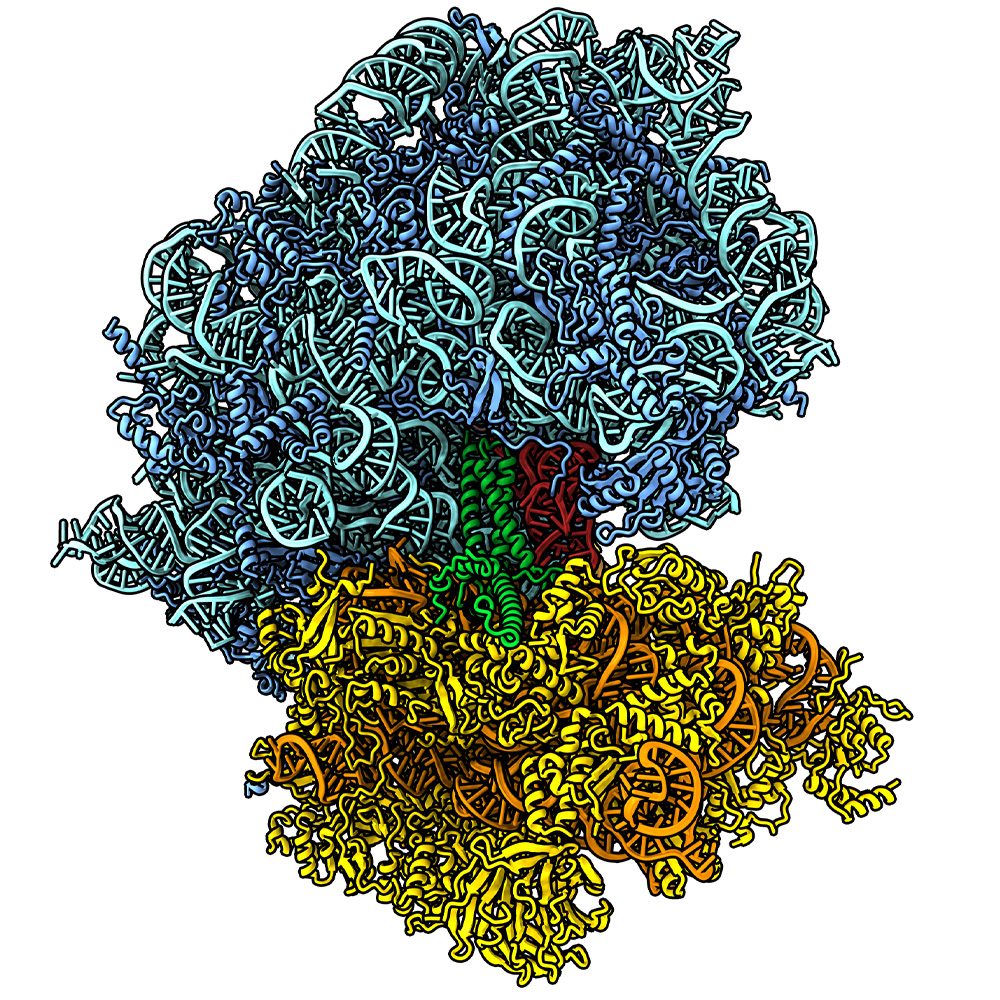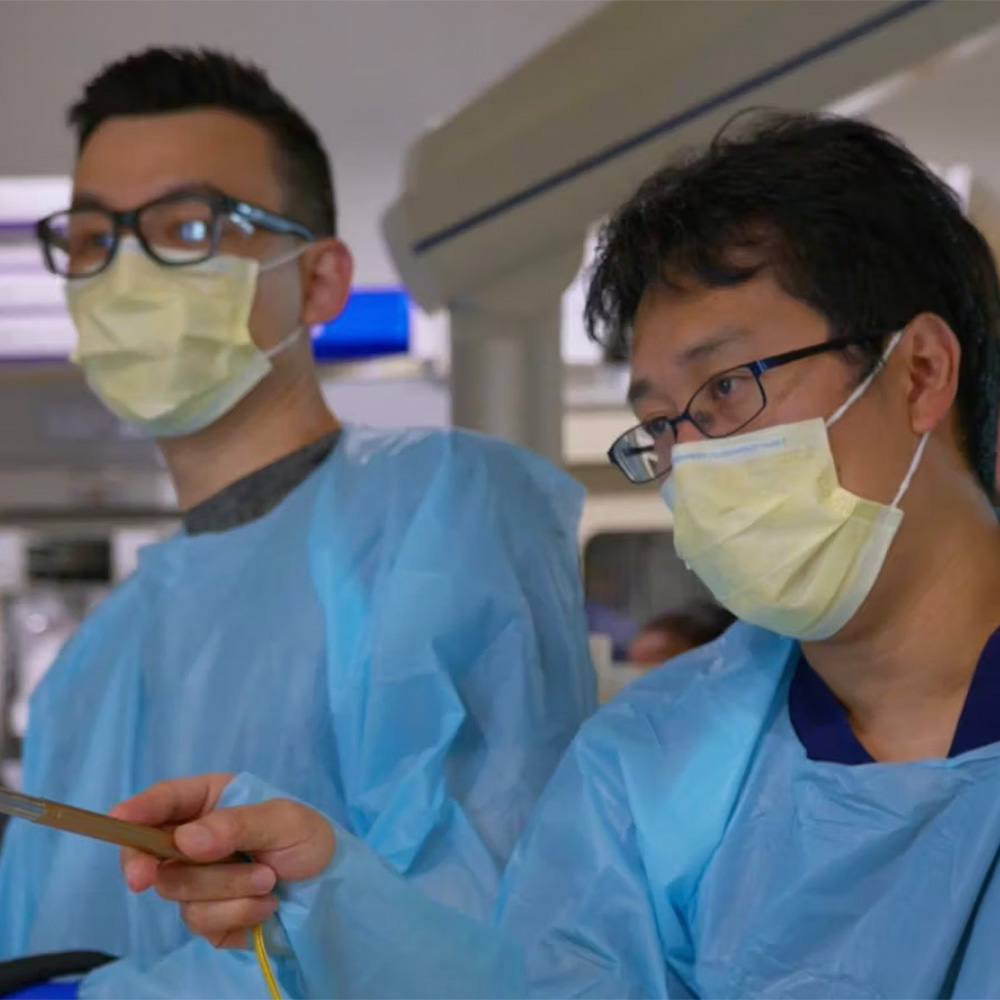Using 3-D weapons of science to fight infectious diseases

Pathogens responsible for some of the world’s most deadly infectious diseases are being studied at the atomic level to find their weak points by UT Southwestern researchers and other colleagues.
After a decade of work, the Center for Structural Genomics of Infectious Diseases (CSGID) – a consortium of 10 scientific institutions in the U.S., Europe, and Canada – announced last year that it has determined the 3-D atomic structures of more than 1,000 proteins, an important step in identifying and understanding where specific pathogens might prove vulnerable.
Structures solved with help from the UT Southwestern team include proteins involved in the replication of the Ebola virus – a pathogen notorious for its ability to evade the body’s immune system.
Such vulnerabilities are frequently found at the points where molecules bind to one another, said Dr. Zbyszek Otwinowski, Professor of Biophysics and Biochemistry, who leads the UT Southwestern group participating in the project. Dr. Dominika Borek, Associate Professor of Biophysics and Biochemistry who works with Dr. Otwinowski, contributed crucial expertise for the successful completion of these studies.
Structures solved with help from the UT Southwestern team include proteins involved in the replication of the Ebola virus – a pathogen notorious for its ability to evade the body’s immune system. Their X-ray crystallography work formed the basis for preclinical studies currently underway in university and industry laboratories.
“When other scientists run into trouble determining crystal structures, Drs. Otwinowski and Borek are among the top people in the world who can develop these advanced approaches because they understand the theory so deeply and they have created such powerful methods to deal with difficult problems,” said Dr. Michael Rosen, Chair of Biophysics and a Howard Hughes Medical Institute Investigator at UT Southwestern. Dr. Rosen has a secondary appointment in the Cecil H. and Ida Green Comprehensive Center for Molecular, Computational, and Systems Biology. Dr. Rosen also holds the Mar Nell and F. Andrew Bell Distinguished Chair in Biochemistry.
UT Southwestern’s contribution to the Ebola project began with a request to the consortium for help in structural studies of the Ebola protein VP35. UTSW researchers conducted detailed structural studies of a VP35 protein fragment that interacts with the Ebola nuclear protein (NP) to form a complex that protects Ebola’s genetic material from digestion by the host’s enzymes.
The structure revealing the interactions between the VP35 fragment and the NP protein provided the first glimpse into the protein complex’s role in viral replication. That work was reported as a Cell Reports cover story in 2015.
The 3-D atomic structure is among the 1,000 deposited by the consortium into the Worldwide Protein Data Bank, a shared scientific archive supported by the National Institutes of Health.
The CSGID, based at the Northwestern University Feinberg School of Medicine, includes UT Southwestern, the University of Chicago, the University of Virginia, Washington University School of Medicine, J. Craig Venter Institute, Sanford Burnham Prebys Medical Discovery Institute, the University of Calgary, the University of Toronto, and the University College London.




